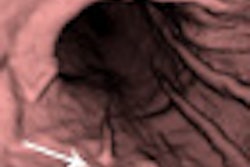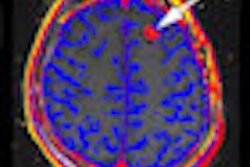Scientists at the University of Oxford in the U.K. are using advanced imaging systems to learn how cells become polarized during embryonic development, according to microscopic imaging vendor Image Solutions.
Ilan Davis, Welcome Trust's senior research fellow in the department of biochemistry, and colleagues are studying neurons of the fruit fly to try to understand how RNA, a molecule related to DNA, moves and becomes localized during this process. Understanding local control and regulation is important in Alzheimer's disease and fragile X syndrome.
The research team is using Image Solution's DeltaVision Core systems and an OMX instrument to study how RNA behaves in real-time in living cells. The DeltaVision Core is designed to image a large number of probes and samples with precision. The OMX uses 3D structured illumination technology, which doubles the spatial and axial resolution of a wide-field light microscope.
One DeltaVision Core has been configured to work with an upright platform microscope, enabling samples to be viewed from above. This enables the researchers to image RNA as it moves in axions of motor neurons.



















